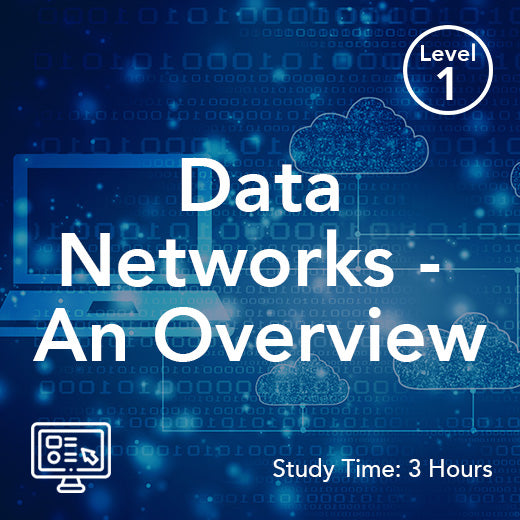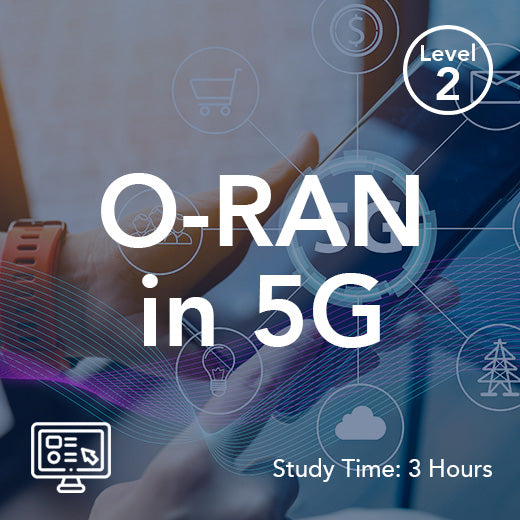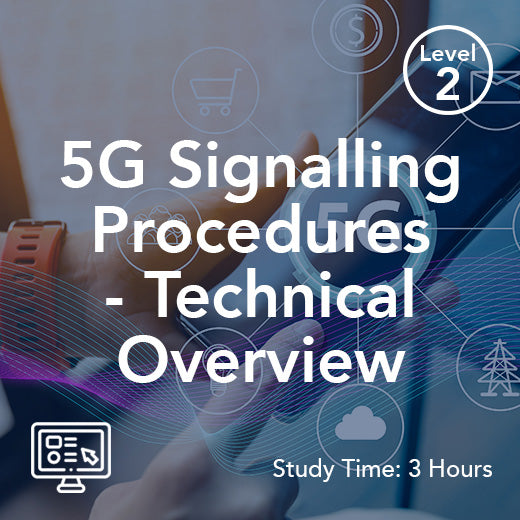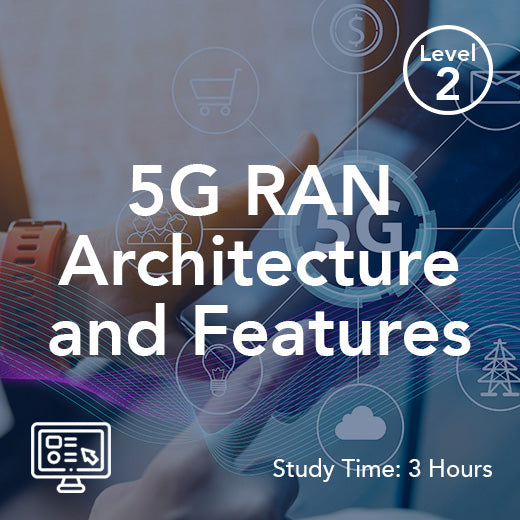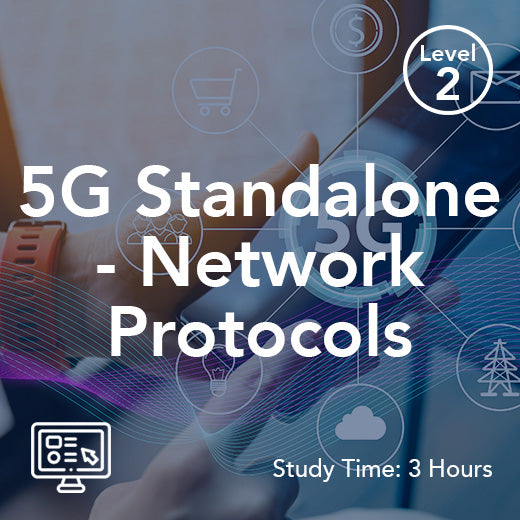USSD Unstructured Supplementary Service Data
- , by Paul Waite
- 6 min reading time
USSD, or Unstructured Supplementary Service Data, is a technology that has quietly played a significant role in the evolution of telecommunications in the United Kingdom. While not as flashy or widely discussed as other technologies like 5G or fiber optics, USSD has been a reliable workhorse behind the scenes, facilitating countless interactions between customers and service providers.
In the UK, USSD has been predominantly used in the realm of mobile telecommunications. It provides a simple and efficient way for mobile users to interact with various services offered by their network operators. Whether it's checking account balances, topping up credit, or activating new services, USSD codes have become a familiar sight for many mobile phone users in the UK.
One of the key advantages of USSD is its ubiquity. Unlike mobile apps or internet services that require data connectivity, USSD works on even the most basic mobile phones. This inclusivity has made USSD a valuable tool for reaching a wide audience, including those in rural or low-income areas where smartphones or stable internet connections may not be prevalent.
Another strength of USSD is its immediacy. When you dial a USSD code, the interaction is instantaneous. There's no need to download an app, wait for a webpage to load, or navigate through complex menus. This speed and simplicity have made USSD an attractive option for time-sensitive transactions or urgent inquiries.
In the UK, USSD has been leveraged in various ways to enhance the customer experience. For example, many network operators offer USSD codes for balance inquiries, data usage tracking, and plan activations. These quick, self-service options empower customers to manage their accounts without the need to visit a physical store or call customer service.
Beyond basic account management, USSD has also been used for more innovative services in the UK. For instance, some banks have integrated USSD into their mobile banking offerings, allowing customers to transfer funds, pay bills, or receive alerts using simple codes on their mobile phones. This convergence of banking and telecommunications highlights the versatility and adaptability of USSD technology.
Looking ahead, USSD continues to have a place in the rapidly evolving landscape of telecommunications in the UK. As the industry shifts towards digital transformation and the Internet of Things (IoT), USSD can serve as a bridge between legacy systems and emerging technologies. Its compatibility with a wide range of devices and its real-time responsiveness make it a valuable tool for enabling secure and efficient communication in an increasingly connected world.
In conclusion, while USSD may not grab headlines or spark excitement like the latest smartphone release, its impact on the telecommunications industry in the UK is undeniable. From empowering customers with self-service options to enabling seamless interactions between different service providers, USSD has quietly but effectively shaped the way we engage with mobile services. As technology continues to advance, USSD stands as a testament to the enduring power of simplicity, accessibility, and reliability in an ever-changing digital landscape.
-
-
-
-
-
What is USSD?
USSD (Unstructured Supplementary Service Data) is a lightweight communication protocol used by GSM networks to allow mobile phone users to interact with their network operators in real time. Unlike SMS or internet-based services, USSD messages travel directly over GSM signaling channels, establishing an instant session between the user’s mobile device and the USSD gateway.
When a user dials a USSD code (for example, *#123#), their request is sent through the mobile switching center and forwarded by the USSD gateway to the relevant service application. The system then delivers an immediate response, creating a real-time connection that does not require internet access or data charges.
Why USSD Matters in the UK
In the UK, USSD services have been widely adopted by mobile networks and even banks to simplify everyday interactions. While mobile apps dominate today, USSD remains a valuable tool thanks to its speed, accessibility, and ubiquity.
-
No internet required: USSD works on basic feature phones as well as modern smartphones, making it ideal for users in rural or remote areas.
-
Instant response: Unlike SMS, which can be delayed, a USSD session provides an interactive, real-time connection.
-
Low-cost and simple: Because USSD runs over GSM signaling channels, it doesn’t incur additional data charges, making it widely accessible.
Common Uses of USSD in the UK
-
Mobile Account Management
-
Checking mobile balance
-
Tracking data usage
-
Activating plans or bundles
-
Managing call forwarding or network configuration
-
-
Mobile Banking & Payments
-
Bank account balance inquiries
-
Prepaid callback services
-
Mobile money services (transfers, bill payments, alerts)
-
Secure transactions without the need for internet
-
-
Customer Services & Beyond
-
Menu-based information services for customer support
-
Location-based content services delivered instantly
-
CRM (Customer Relationship Management) integration to handle quick requests
-
How USSD Differs from SMS
While both USSD and SMS technologies are classified as short message protocols, there are key differences:
-
Real-time: USSD establishes a live connection, while SMS is store-and-forward.
-
Session-based: A USSD session begins when the end user sends a request and ends when the service delivers a response.
-
Cost-efficient: USSD interactions are usually free or very low-cost, whereas SMS may incur charges.
-
Flexibility: USSD enables interactive menus and instant messaging-like flows, whereas SMS is limited to single-message exchanges.
Technical Details of USSD Protocol
From a technical standpoint, USSD messages:
-
Typically start with feature codes (e.g., *# or #)
-
Use the man-machine interface (MMI codes) for input
-
Travel through intermediate network entities such as the USSD center before reaching the application
-
Are network dependent, with implementation varying between operators
-
Support up to 182 characters per session, making them compact and fast
The Future of USSD
Even as IoT devices, 5G networks, and mobile apps take center stage, USSD capabilities remain relevant:
-
Acts as a bridge for legacy devices and basic GSM phones
-
Enables secure communication in areas with no internet
-
Supports supplementary service data for incoming calls, network settings, and mobile services
-
Provides cost-effective messaging protocol options for enterprises and governments
In the context of the UK, USSD continues to power mobile balance checks, banking services, and menu-based customer services, highlighting its role as a quiet but reliable enabler of digital communication.
-














